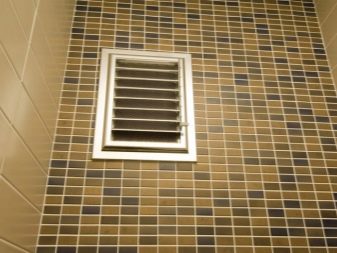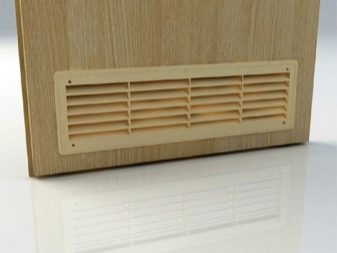Condensation on the cistern of the toilet bowl. How to get rid of it?
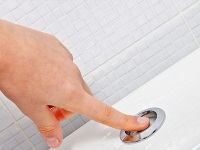
As sad as it is, the bathroom is often a source of household problems. Clogged pipes, floods, unpleasant smells, insects - all these troubles are usually associated with some kind of malfunctioning of the bathroom. One of the most common such problems is condensation forming on the walls of the toilet cistern. This, it would seem, a minor nuisance, if not found and eliminated in time, can lead to serious consequences - from the appearance of mold on the walls and ending with ruined repairs at the neighbors.
Having found condensation on the cistern of the toilet, many people do not pay attention to it, limiting themselves to "symptomatic" means of struggle - leave a container for collecting liquid or a floor cloth on the floor. This behavior is wrong, because the appearance of condensation - a signal that all is not well with the work of ventilation systems, plumbing or drainage. Therefore, if suddenly detected water droplets on various bathroom surfaces do not disappear after a few days, you should conduct a thorough inspection of the state of the engineering systems in the room.
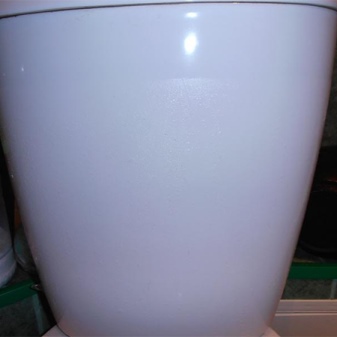
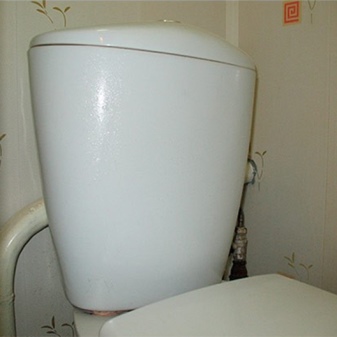
Why does it form?
In fact, there may be several causes of condensation, and it is not always possible to determine the right one at the first time. The most common factors are:
- Temperature differences. As a rule, the temperature of the air in the bathroom is higher than the surface temperature of the cistern, since the latter is constantly filled with cold water. The bathroom, on the other hand, often has additional heat sources, such as towel rails and underfloor heating, which makes the temperature difference even greater. This is especially well felt in the cold season.
- Malfunction in the drain mechanism. Condensation often appears when the drain cistern is constantly leaking, which is known to occur most often when the float valve is broken. If this is the case, the problem is easily solved by purchasing a new valve.
- Lack of ventilation. A well-functioning ventilation system is the main condition for maintaining an optimal level of humidity in the room. If the bathroom is poorly ventilated, there are numerous problems, including condensation on the cistern.
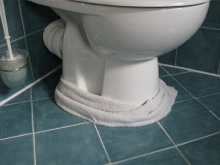
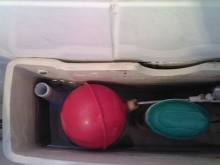
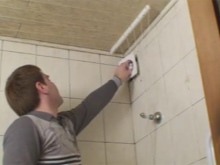
How to get rid of it?
- If the cause of condensation is a problem with the cistern, you should replace the faulty part, and if this is not possible - to buy a new drain valve.
- If you manage to find out that it is still the temperature difference, you can resort to a very simple, but not very cost-effective solution - to provide warm water to the toilet bowl. The main thing is that the water is not hot, otherwise the entire drain fixture will be in disrepair.
- As a temporary measure, you can use turning off the heating. For the summer period, when the apartment is warm, this may be a good way out of the situation. But with the onset of cold weather you will have to look for a new, more thorough solution.
- Such a solution may be to minimize the consumption of cold water. To implement this idea, you need to buy a special flush button for the toilet bowl - which flushes only half of the normal amount of water. Only a few liters of water will remain in the cistern at all times, which will have time to warm up. This solution, despite some inconvenience, will help you reduce the cost of paying water meters.
- Another original solution is to organize the thermal insulation of the cistern with installation foam. It does not look very aesthetically pleasing, but it helps to say goodbye to condensation forever.
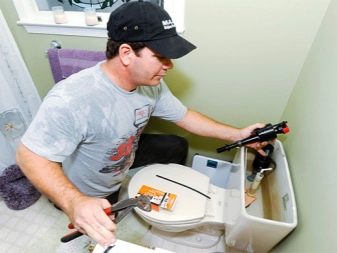

Changing the cistern
It happens that condensate on the walls of the cistern is formed due to the fact that the drain mechanism is defective, but the replacement of individual parts does not solve the problem. In this case, it is advisable to replace the tank itself. Here are brief instructions on how to carry out the replacement.
- For the work you will need a new cistern, a new drain fitting, a set of fasteners, silicone-based sealant.
- To begin with, you should dismantle the old equipment, first disconnecting it from the water system. To remove the cistern, you need to unscrew the valves with which it is attached to the toilet bowl.
- Before you begin to install the new cistern, you should assemble the drain fitting and install it inside the product. Here the sequence of steps depends on the type of design, so try to follow exactly the instructions that came with the cistern.
- The shelf of the toilet bowl, on which the cistern is installed, should be cleaned of dirt. It is desirable to replace the rubber gasket that is laid between the shelf and cistern.
- Then the tank is placed on the shelf and the bottom is fixed with two bolts, under which you must necessarily put a gasket. Tighten the bolts should not be very tight, two or three turns is enough.
- Next, the tank is connected to the water system with a flexible hose that connects to the float valve. Then start the water and check how the water level is set. If necessary, the level is adjusted.
- In the final step, the construction is checked for leaks by making several test flushes. After that, fix the cistern lid and connect the drain button.
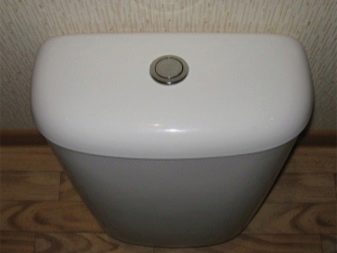
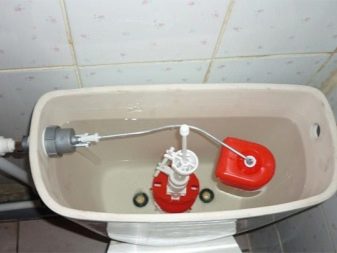
Forced ventilation
If condensation is formed in a poorly ventilated room, it is worth thinking about the organization of forced ventilation. This is called ventilation, which is carried out mechanically - with the help of a fan. Mechanical ventilation is considered mandatory in the combined bathroom, as in it the percentage of humidity is much higher.
In order to ensure normal humidity in a standard-sized bathroom, one fan is sufficient. The capacity of the ventilation system is calculated based on the number of sanitary appliances installed in the room. But, even in a bathroom where there is a toilet bowl, bathtub, sink, shower cabin and bidet at the same time, a fan with a capacity of 110 cubic meters per hour is enough.
